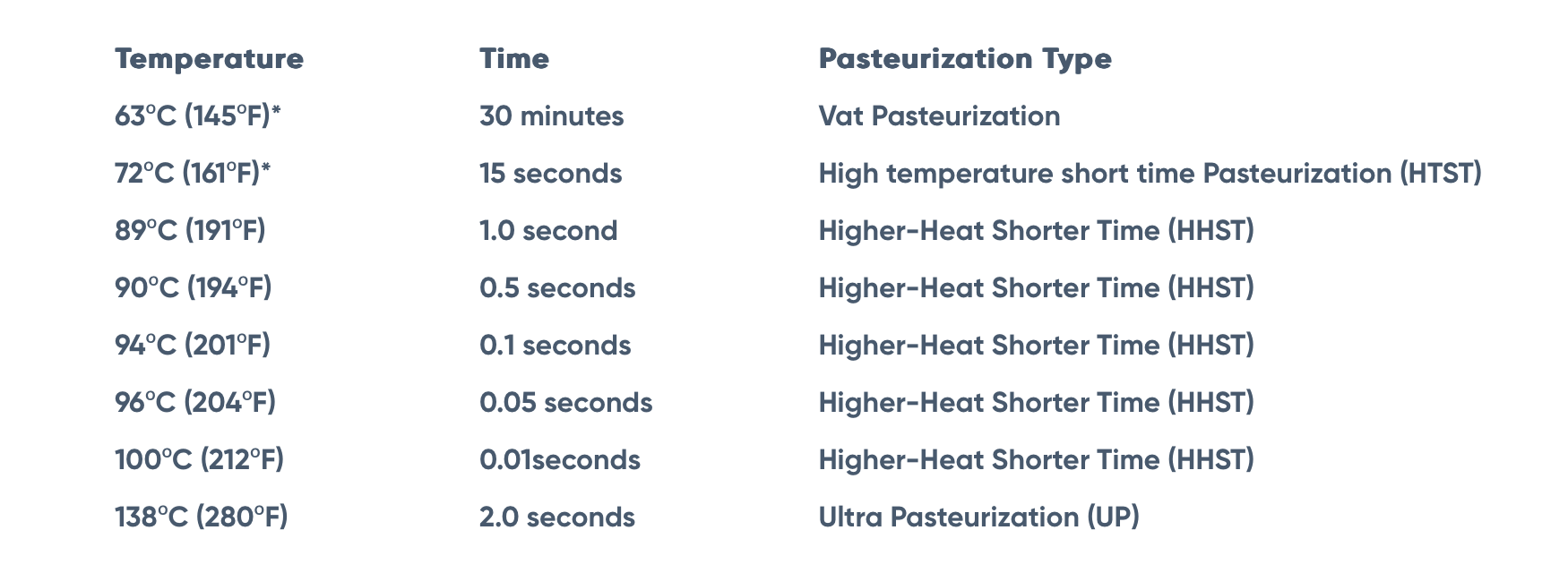
Do the numbers printed on the bottom of Tetra Pak milk cartons indicate the number of times the milk has been re-pasteurized after the expiration date, at 190°C? No, that's not true: At Tetra Pak, milk is packaged simultaneously on multiple conveyor belts, and the packaging is numbered for traceability purposes, not to signify the number of times the milk has been re-pasteurized. Additionally, milk is usually heated to temperatures below 100ºC during pasteurization, except for ultra-pasteurization, which occurs at 138ºC. Processing milk at temperatures higher than this is referred to as sterilization.
The claim appeared in a TikTok video (archived here) which was published on February 9, 2024. It opened (translated from Croatian to English by Lead Stories staff):
Did you know that expired milk is sent back to the manufacturer, who is legally allowed to repeat the pasteurization process at 190 degrees Celsius and return it to the market. According to the law, this process can be repeated 5 times. The producer is only obliged to indicate how many times he repeated the process and he publishes it, in his own way, knowing that almost no one questions whether the milk has been processed more than once. The secret is written on the bottom of the tetra-pack with tiny numbers.
Let's imagine that the written number is 12345! The missing number indicates how many times the milk has been recycled. E.g. 123 5, the number 4 is missing, which means that the milk has expired 4 times and has been reboiled the same number of times with the addition of chemical substances to make it look fresh to customers.
This is what the post looked like on TikTok at the time of writing:

(Source: TikTok screenshot taken on Fri Mar 01 08:56:39 2024 UTC)
The TikTok shows a photograph of Tetra Brik Aseptic milk packaging (archived here), produced by the Tetra Pak company (archived here). In a June 2012 article (archived here), published by the news portal Slovenske Novice, there is an explanation of the numbers on the packaging provided by the Tetra Pak company, which states, as translated:
At Tetra Pak, packaging designs are printed on several conveyor belts at the same time, which are numbered for the purposes of tracking the packaging. For example: 12 45 indicates that this package was printed on the third belt in production.
According to the International Dairy Foods Association (archived here), pasteurization is a process named after Louis Pasteur, that applies heat to destroy pathogens in food. When it comes to dairy products, it means heating every particle of milk or any other milk product, in proper equipment to a certain temperature for a corresponding amount of time. Pasteurization at 190 degrees Celsius, as the post claims, is not listed in the IDFA's list of prescribed temperatures. The highest temperature stated is 138ºC and refers to "ultra pasteurization."

(Source: International Dairy Foods Association screenshot taken on Fri Mar 01 08:56:39 2024 UTC)
Lead Stories reached out to Tetra Pak and the Croatian Agency for Agriculture and Food (archived here) regarding the claim and will update this article if a response is received.








